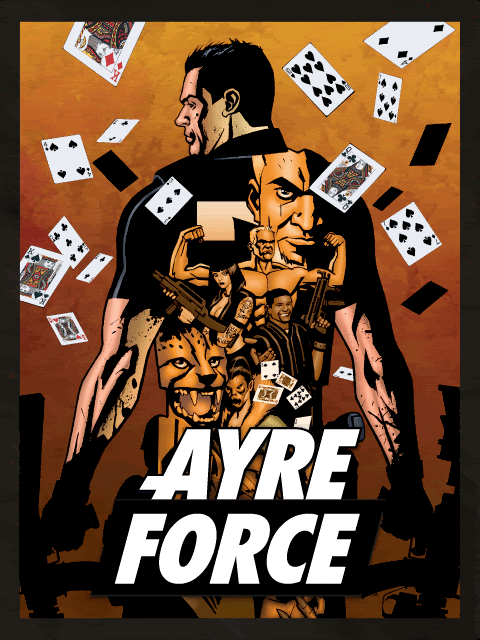Arkham Asylum: A Serious House on Serious Earth
By Grant Morrison and Dave McKean
15th Anniversary Edition published in 2004 by DC Comics
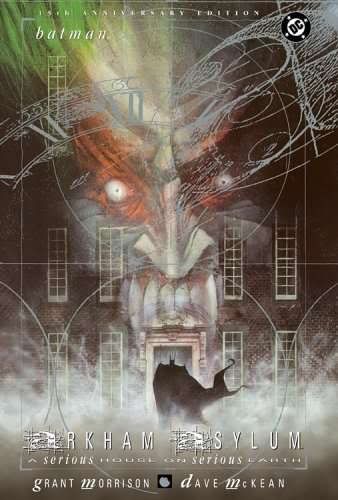 This won’t be a traditional Library of Doom review because I imagine at this point in human history, 20 years after its initial publication, there are probably few people interested in a traditional review of Arkham Asylum. Prior to last night, I was probably one of the few remaining regular comics readers in 2009 who had yet to read this book, in spite of my good intentions. But last night, I had a 30% off coupon to use, so here we go.
This won’t be a traditional Library of Doom review because I imagine at this point in human history, 20 years after its initial publication, there are probably few people interested in a traditional review of Arkham Asylum. Prior to last night, I was probably one of the few remaining regular comics readers in 2009 who had yet to read this book, in spite of my good intentions. But last night, I had a 30% off coupon to use, so here we go.
Honestly I wasn’t all that excited by the main story. It was interesting to read, worth a little effort to think about, and somewhat pleasing to look at. I seem to have shackled myself quite a bit with this pervasive awareness of my place in the comics review timeline, but I’m just not sure I’m going to have too much to offer in terms of Unique Takes on This Story.
But that’s okay, because I ended up really enjoying the book once I got to the bonus materials. For the Anniversary Edition, DC has included Morrison’s script for the book, including some contemporary notes from the author. Sometimes I skip things like this, but I was underwhelmed enough by the feature presentation that I hoped I’d get a little good out of reading the appendix.
(more…)
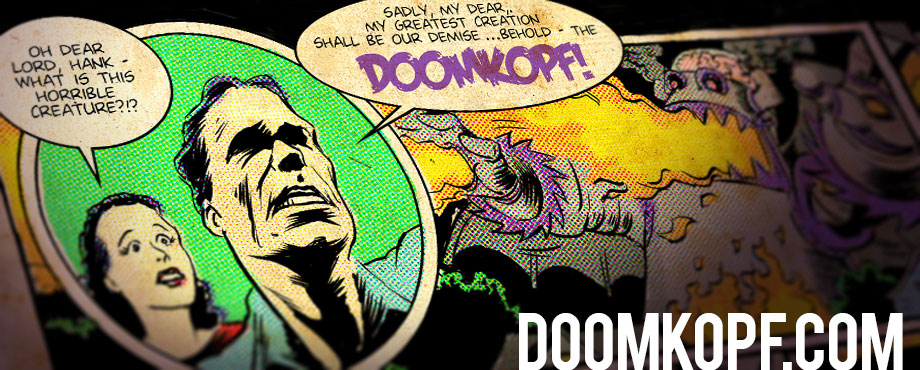

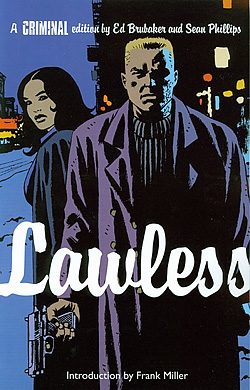
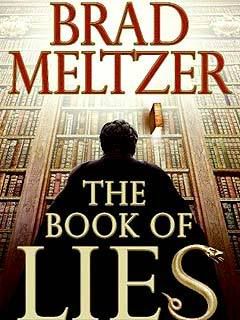 By Brad Meltzer (W)
By Brad Meltzer (W)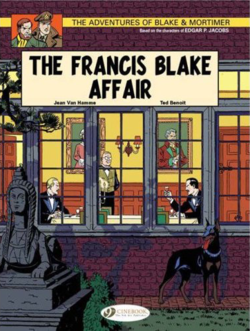 By Jean Van Hamme (W)
By Jean Van Hamme (W)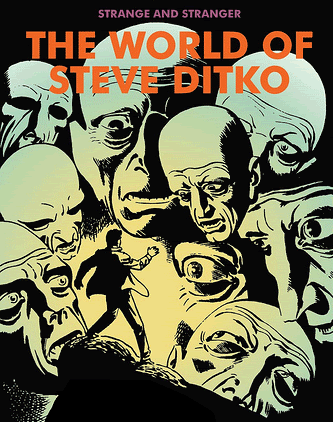 “Strange and Stranger” by Blake Bell is an intriguing biography in the life, career and politics of Steve Ditko, best well-known in the pop-culture world as the co-creator of Spider-Man, but also creator of several other characters like Dr. Strange, The Question, Captain Atom and the Ted Kord Blue Beetle.
“Strange and Stranger” by Blake Bell is an intriguing biography in the life, career and politics of Steve Ditko, best well-known in the pop-culture world as the co-creator of Spider-Man, but also creator of several other characters like Dr. Strange, The Question, Captain Atom and the Ted Kord Blue Beetle.  Prince of Persia is a graphic novel inspired by the era, setting and general mythology of the video game series of the same name, though not directly starring or attempting to personify any characters from said games. It’s just an attempt to tap into that same world and the same sensations that inspired the original characters and adventures.
Prince of Persia is a graphic novel inspired by the era, setting and general mythology of the video game series of the same name, though not directly starring or attempting to personify any characters from said games. It’s just an attempt to tap into that same world and the same sensations that inspired the original characters and adventures.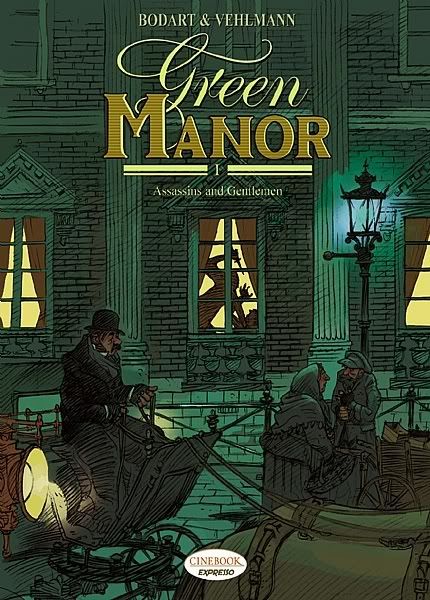 I won’t risk losing any readers by saving the verdict for the end — I loved this book and cannot heap enough praise on it.
I won’t risk losing any readers by saving the verdict for the end — I loved this book and cannot heap enough praise on it.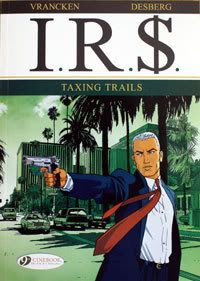 When I saw a book called “IR$” about an IRS secret agent, I gave a mental groan. I actually put this book on the top of my review stack — I thought it would be super lame so I wanted to get it over with. The idea of reading some thriller via a tax man was just making me cringe with advance embarrassment.
When I saw a book called “IR$” about an IRS secret agent, I gave a mental groan. I actually put this book on the top of my review stack — I thought it would be super lame so I wanted to get it over with. The idea of reading some thriller via a tax man was just making me cringe with advance embarrassment.